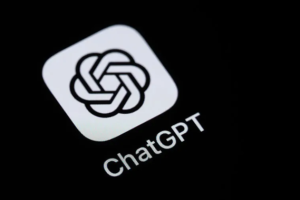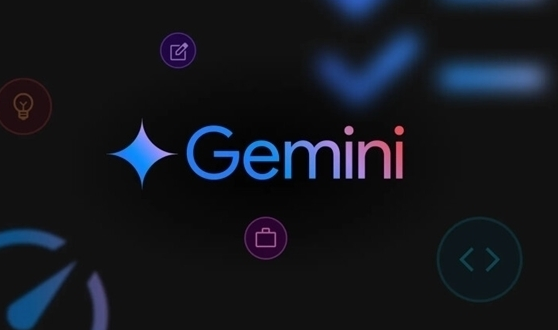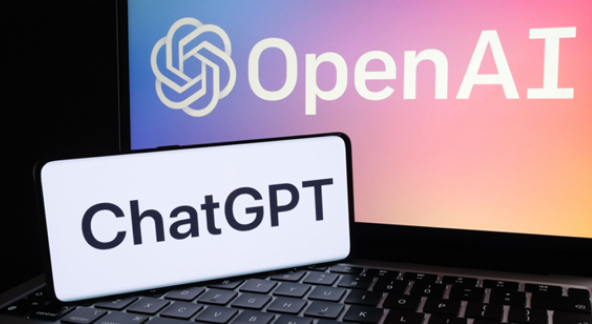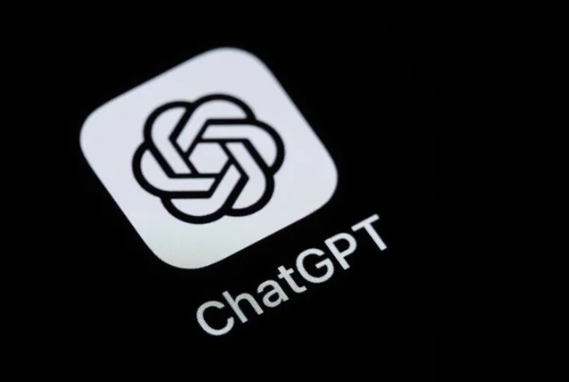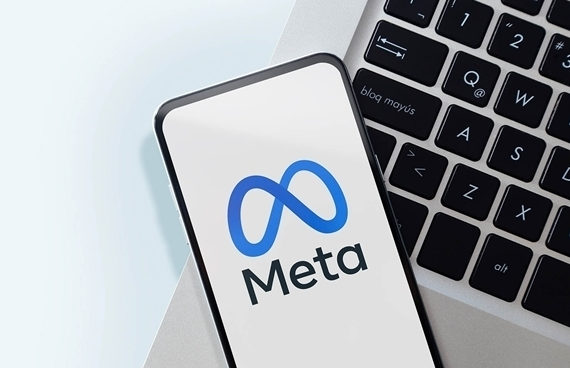July 31, 2025 – In a recent blog post, tech media outlet NeoWin unveiled that Microsoft has rolled out its DragonV2.1Neural Zero-Shot Learning model. This innovative text-to-speech (TTS) model stands out for its ability to generate highly natural and expressive voices using just a minimal amount of data, and it supports an impressive range of over 100 languages.
According to the post, the DragonV2.1Neural is a zero-shot learning TTS model that promises to deliver more lifelike and emotionally rich voices. It also boasts improved pronunciation accuracy and enhanced control features.
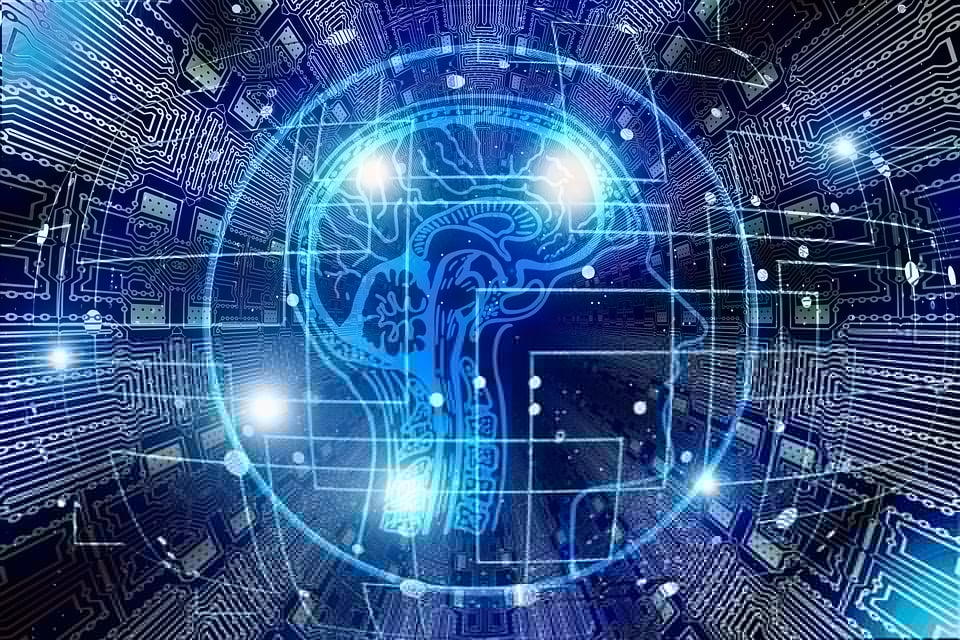
One of the most remarkable aspects of this new model is its capability to synthesize speech in more than 100 languages with only a few seconds of voice samples. This is a significant leap forward compared to its predecessor, the DragonV1 model, which struggled with pronouncing proper nouns correctly.
The DragonV2.1Neural model has a wide array of potential applications. It can be utilized to create unique voices for chatbots, enabling a more personalized and engaging user experience. Additionally, it can be employed for multilingual dubbing of video content, making it easier for creators to reach a global audience.
Microsoft claims that the DragonV2.1Neural model has achieved a notable improvement in pronunciation accuracy. When compared to the DragonV1 model, it has reduced the word error rate (WER) by an average of 12.8%.
Furthermore, the model enhances the naturalness of the generated voices. Users can exercise fine-grained control over pronunciation and accents by leveraging SSML phoneme tags and custom dictionaries. To assist users in getting started, Microsoft has developed several voice profiles, such as Andrew, Ava, and Brian, which users can test to experience the model’s capabilities firsthand.


